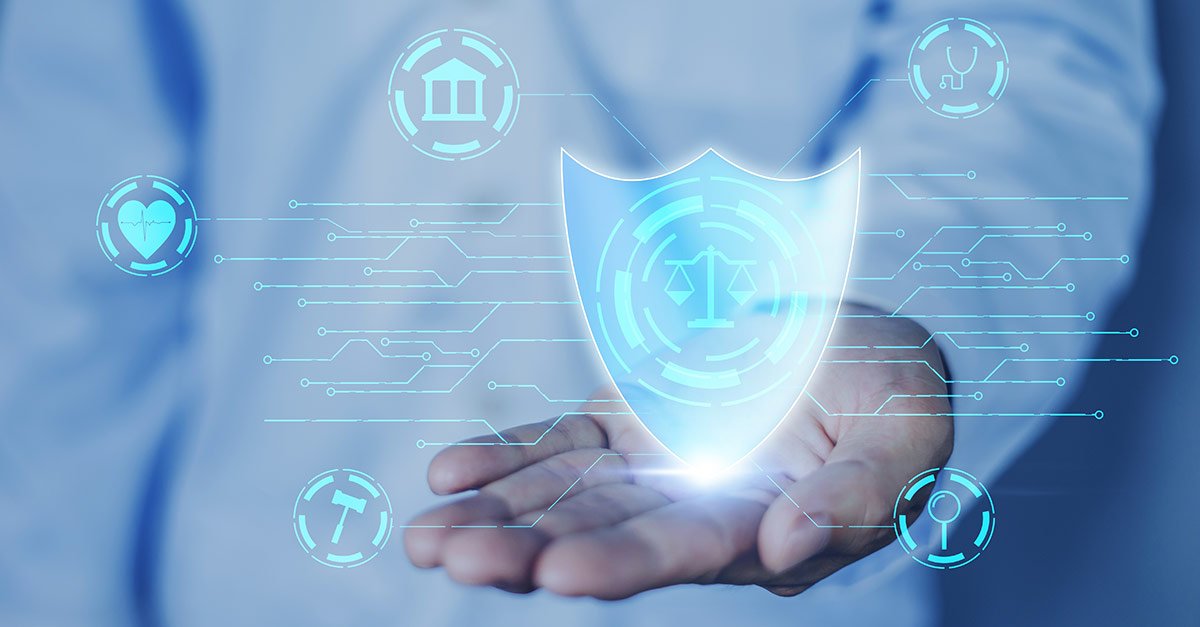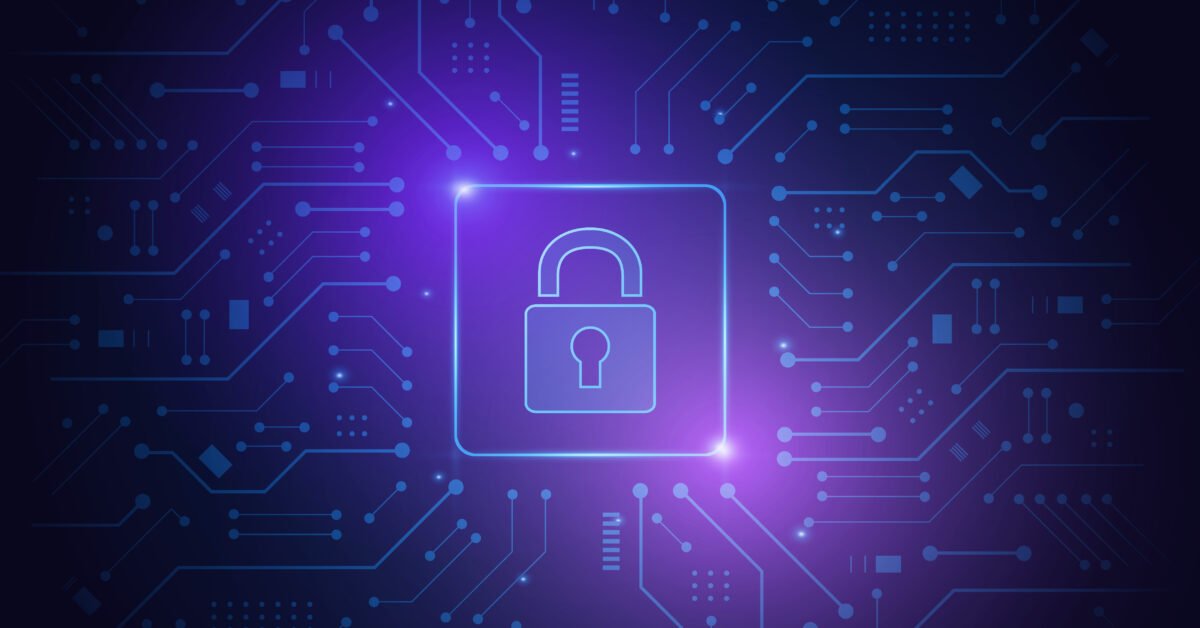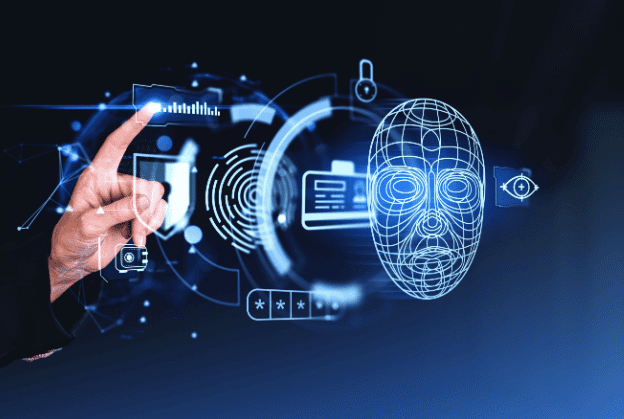In today’s digital-first world, the need for organizations to meet regulatory requirements while safeguarding sensitive data has never been greater. A strong combination of compliance auditing and continuous monitoring serves as the foundation for effective cybersecurity, helping businesses stay secure, compliant, and audit-ready at all times.
Through real-time monitoring and regular audits, organizations can detect threats early, reduce vulnerabilities, and ensure their security controls align with current regulations. This proactive approach not only enhances transparency but also improves resilience against regulatory scrutiny and cyberattacks.
Why Compliance Auditing and Continuous Monitoring Matter
Both practices play a critical role in building and maintaining a secure operational environment. Here are the key benefits:
1. Real-Time Threat Detection and Insights
Continuous monitoring empowers organizations to track system activities and detect anomalies the moment they occur. This immediate visibility allows for faster incident detection and a more proactive security stance, significantly reducing the risk of data breaches and unauthorized access.
2. Ensured Regulatory Compliance
Regulations such as GDPR, HIPAA, and SOC 2 require consistent oversight of security controls. By conducting regular audits, organizations verify compliance with these standards—helping avoid costly penalties, reputational damage, and operational disruptions.
3. Faster Incident Response
With continuous monitoring in place, potential threats are identified quickly, enabling teams to take immediate action. This fast response capability helps protect sensitive data, minimize damage, and maintain uninterrupted business operations.
4. Operational Efficiency and Cost Savings
Automated monitoring and auditing tools streamline security operations and reduce manual workloads. Early detection of vulnerabilities prevents more severe issues down the line, saving costs associated with damage control, downtime, and recovery.
Common Challenges in Implementation
While the benefits are clear, implementing compliance auditing and continuous monitoring does come with challenges:
1. Integrating Disparate Systems
Many organizations operate across diverse platforms, applications, and databases. Achieving full visibility requires seamless integration across these systems—a task that often proves complex without centralized monitoring solutions.
2. Data Overload and Log Management
Continuous monitoring generates massive volumes of data. Without effective log management tools, it can be difficult to distinguish meaningful threats from normal system behavior, resulting in alert fatigue and missed risks.
3. Limited Resources and Technical Expertise
Maintaining continuous oversight requires both specialized tools and skilled personnel. Smaller organizations often lack the resources for full-time security teams, making it challenging to perform thorough audits and maintain round-the-clock monitoring.
4. Keeping Up with Changing Regulations
Regulatory standards are constantly evolving. Without regular updates to compliance strategies, organizations risk falling behind—leading to non-compliance, financial penalties, and weakened defenses.
Harnessing Technology for Smarter Security and Compliance
The right tools can streamline these efforts, helping organizations stay secure and audit-ready:
– Automated Compliance Reporting
Modern compliance tools generate instant, audit-ready reports that highlight security gaps and provide proof of regulatory alignment. These reports ensure organizations are always prepared for inspections.
– Real-Time Alerts and Risk Mitigation
AI-driven monitoring systems flag suspicious activity and trigger immediate alerts. By automating response workflows, businesses reduce human error and accelerate threat mitigation.
– Predictive Analytics and Threat Intelligence
Predictive technologies analyze trends to identify potential vulnerabilities before they are exploited. This forward-looking approach allows teams to implement safeguards early, enhancing their overall security posture.
Partnering with Experts to Strengthen Security
For many organizations, collaborating with security professionals helps ensure that auditing and monitoring processes are both effective and scalable.
– Routine Risk Assessments
Scheduled evaluations of systems and controls uncover hidden vulnerabilities, allowing organizations to proactively close security gaps before they lead to breaches.
– Vulnerability Management Tools
Automated scanning tools and intelligent threat detection provide a deeper view into network behavior, helping teams take action on actionable insights.
– Strategic Compliance Guidance
Security experts help align internal policies with external regulations, offering tailored remediation strategies that address non-compliance and strengthen infrastructure.
– 24/7 Monitoring and Rapid Response
Round-the-clock surveillance ensures that any unusual activity is identified immediately, giving teams the ability to act fast and contain threats before they cause serious harm.
Final Thoughts
Safeguarding sensitive data and maintaining regulatory compliance require more than occasional check-ins—they demand ongoing vigilance. By combining compliance auditing with continuous monitoring, organizations can stay ahead of cyber threats, ensure alignment with evolving regulations, and maintain a resilient security posture.
Though challenges exist—such as system integration, resource constraints, and regulatory updates—they can be effectively addressed with the right tools, expert support, and a proactive mindset.
Ready to enhance your security and compliance strategies?
Contact us today to discover how our auditing and monitoring solutions can help protect your organization and ensure peace of mind.






